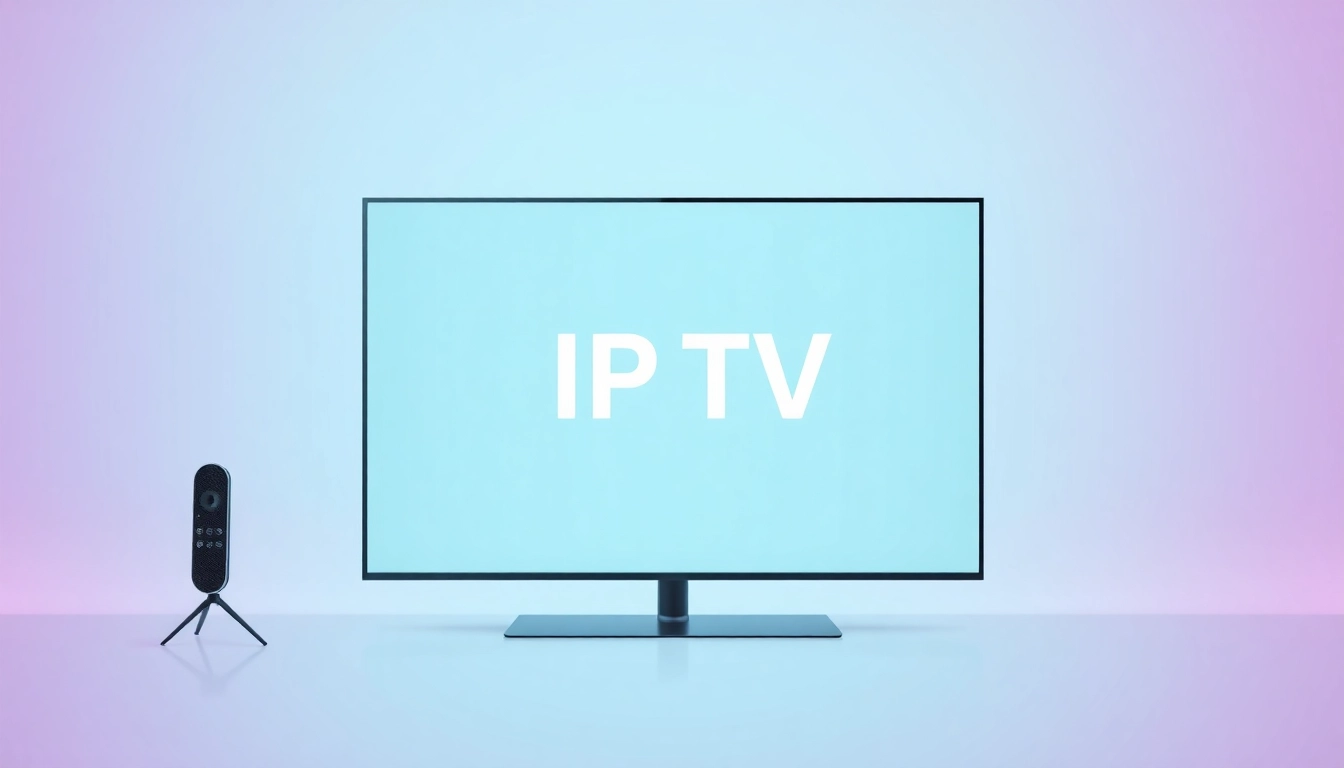In the fast-paced world of healthcare, efficiency and accuracy are non-negotiable. Physicians, pharmacists, and veterinarians must manage prescriptions while balancing patient care, compliance, and administrative demands. This is where Integrating eprescription apps comes in. By connecting these tools with Electronic Medical Records (EMR) and Practice Information Management Systems (PIMS), medical professionals can streamline operations, reduce manual workload, and ensure safer, faster patient care.
The Power of Integration in Modern Healthcare
The healthcare landscape continues to evolve, driven by technology that bridges data and decision-making. Integrating Eprescription apps allows healthcare providers to unify patient data, prescriptions, and medical histories across platforms. Instead of juggling multiple disconnected systems, providers can access everything they need in one place, ensuring efficiency and accuracy.
A Connected Clinical Environment
When integrating Eprescription apps, data flows automatically between systems. This eliminates redundant data entry and minimizes errors that occur when transferring information manually. The result is a connected, intelligent clinical environment that supports faster, more informed decisions.
How Integrating Eprescription Apps Streamlines Daily Workflows
Reducing Administrative Burden
Manual prescription management can consume valuable time. Integrating Eprescription apps automates data entry, refills, and verification steps, allowing staff to focus on patient care rather than repetitive tasks. This integration also ensures that every prescription is automatically documented in the patient’s EMR or PIMS record.
Accelerating Prescription Fulfillment
Through integrating Eprescription apps, prescriptions are transmitted instantly to pharmacies. This reduces delays, eliminates handwriting errors, and minimizes clarification calls. For busy clinics, faster fulfillment means shorter wait times and improved patient satisfaction.
Improving Accuracy and Safety
Errors in prescribing can have serious consequences. Integrating Eprescription apps enhances patient safety by flagging potential drug interactions, allergies, or dosage inconsistencies in real time. Automated alerts allow physicians to make quick, well-informed adjustments before sending prescriptions to pharmacies.
Integrating Eprescription Apps in Veterinary and Human Medicine
The benefits of integrating Eprescription apps extend beyond traditional healthcare. Veterinary practices also rely heavily on PIMS integration to manage animal prescriptions safely and efficiently. By connecting prescription systems to patient and species-specific data, veterinarians can ensure appropriate dosing, manage refills, and maintain compliance with regulatory standards.
For human medicine, integrating Eprescription apps ensures that physicians and pharmacists can access up-to-date information on insurance, medication availability, and patient history. Both sectors benefit from shared data accuracy, improved compliance, and seamless coordination between prescriber and dispenser.
The Role of Automation and Cloud Integration
Cloud-based solutions have revolutionized how healthcare systems interact. Integrating Eprescription apps with cloud platforms ensures scalability, remote access, and real-time updates. This means physicians can send prescriptions from any location while pharmacists instantly receive and process them.
Real-Time Data Access
With cloud technology, integrating Eprescription apps allows real-time sharing of critical medical data. Providers can view current prescriptions, refill requests, and lab results, creating a complete picture of the patient’s health.
Automatic Updates and Compliance
Compliance is simplified through integrating Eprescription apps with cloud systems. Security patches, updates, and new drug databases are automatically maintained, keeping systems current without manual effort.
Overcoming Common Integration Challenges
While the benefits are significant, integrating Eprescription apps requires careful planning. Data compatibility and system interoperability are major considerations.
Ensuring Compatibility
Older EMR or PIMS systems might not immediately support modern integration standards. To successfully implement integrating Eprescription apps, healthcare organizations must verify that their systems use compatible data formats, APIs, and secure communication protocols.
Training and Adaptation
Smooth adoption depends on proper training. Integrating Eprescription apps should be accompanied by onboarding sessions that teach staff how to navigate the integrated system effectively. When users understand the process, productivity and accuracy rise dramatically.
The D.A.W. Systems, Inc. Approach to Integration
For nearly three decades, D.A.W. Systems, Inc. has been at the forefront of digital prescribing technology. Their ScriptSure Cloud E-Prescribing solution exemplifies the power of integrating Eprescription apps with EMR and PIMS systems.
Seamless Interoperability
ScriptSure Cloud supports integrating Eprescription apps across a variety of platforms, ensuring that data flows smoothly between healthcare providers and pharmacies. This interoperability enhances accuracy and promotes efficient communication between medical teams.
Enhanced Security and Support
With integrating Eprescription apps, security is paramount. D.A.W. Systems, Inc. uses advanced encryption, access controls, and compliance frameworks to ensure all data remains protected. In addition, their dedicated support team assists practices in achieving a smooth integration experience tailored to their needs.
The Future of Workflow Efficiency Through Integration
Looking ahead, integrating Eprescription apps will continue to redefine healthcare efficiency. As artificial intelligence and predictive analytics evolve, integrations will not only connect systems but also anticipate patient needs. Automated reminders, dosage tracking, and predictive prescribing will further optimize care delivery and outcomes.
Healthcare providers who invest in integrating Eprescription apps today position themselves for a future of streamlined operations, fewer errors, and stronger patient relationships.
Conclusion
Efficiency is the cornerstone of effective healthcare—and integrating Eprescription apps makes it possible. By linking Eprescribing tools with EMR and PIMS systems, providers eliminate redundancy, enhance accuracy, and improve patient outcomes. Through the innovative technology developed by D.A.W. Systems, Inc., healthcare and veterinary professionals gain a unified system that saves time, reduces errors, and ensures compliance. The path to modern healthcare efficiency starts with one essential step: integrating Eprescription apps for a smarter, more connected future.




